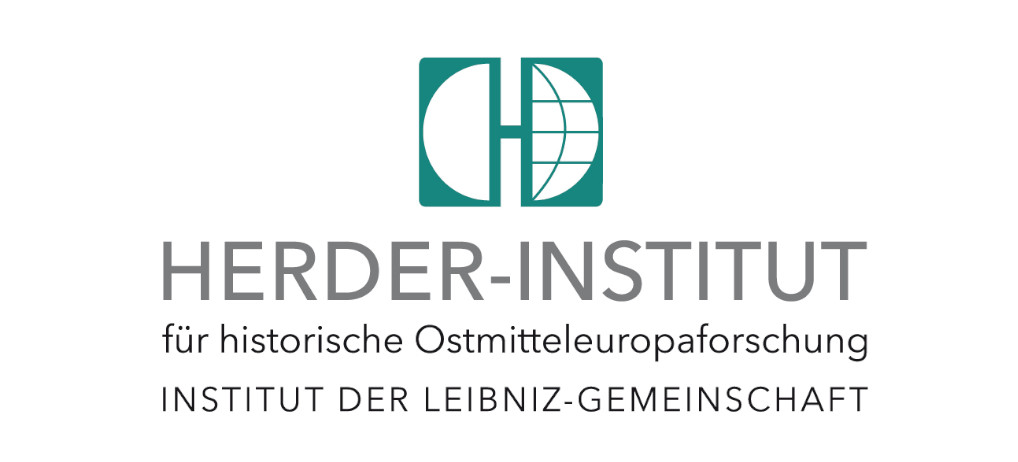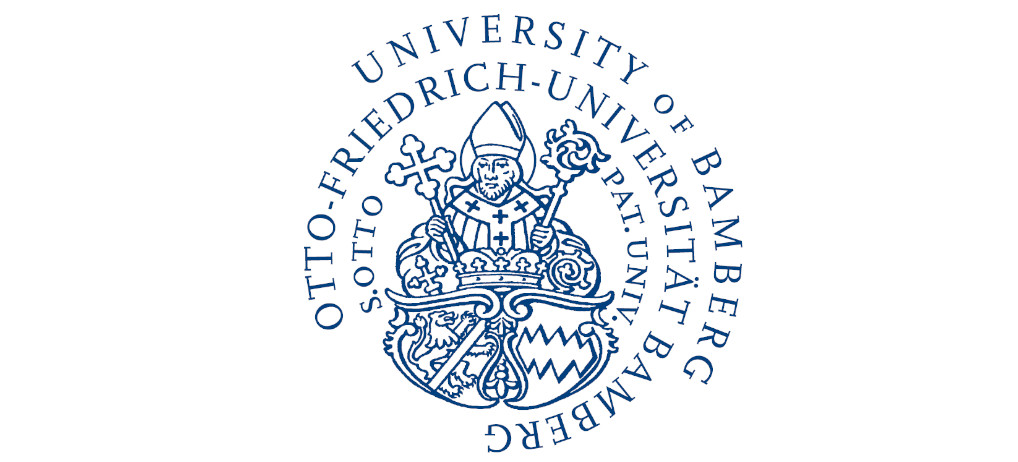Main Content

|
Katharina KrauseSichtbar und sicher: Wohnhöfe des Adels in Münster in der ersten Hälfte des 18. Jahrhunderts2018 |
Summary
The house is the safest place for a family to stay. On the street, on the other hand, dangers lurk. So what does it mean when the front door is open during the day in the early modern period? Is it an invitation to enter? Or do people trust the authorities so much that public spaces are considered safe during the day? What does it mean when the nobility, allowed to bear arms, no longer hides its new buildings behind walls but uses permeable lattice gates? Does he want to present the splendor of architecture or also inspire confidence? Who is allowed to look into the windows, who out of them? Volume 3 of the book series "Politiken der Sicherheit" (Politics of Security) explores these questions using the example of Münster's aristocratic palaces of the 18th century. For the first time, the book systematically examines tendencies toward transparency in the aristocratic architecture of Europe and their relationship to private and public security.



